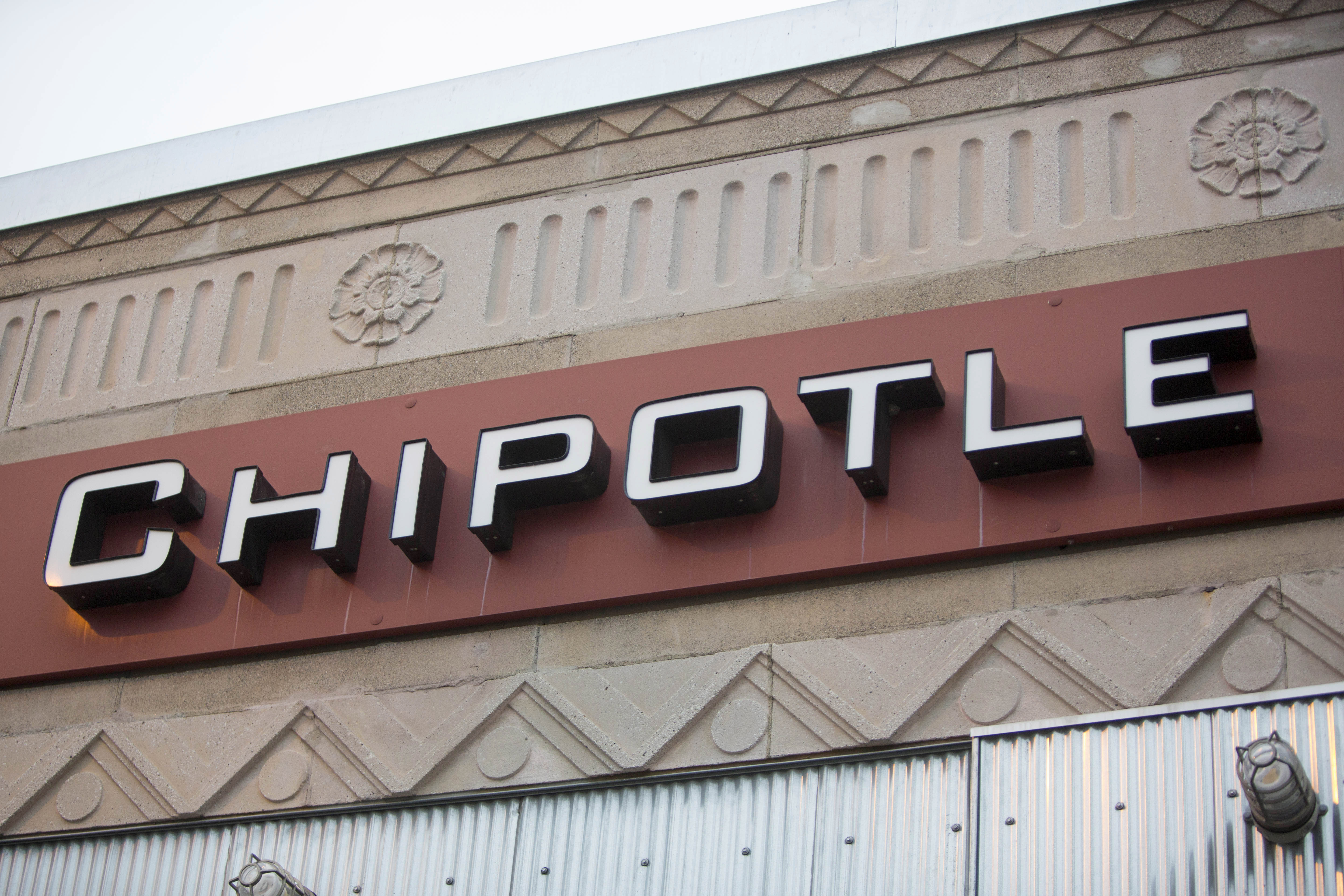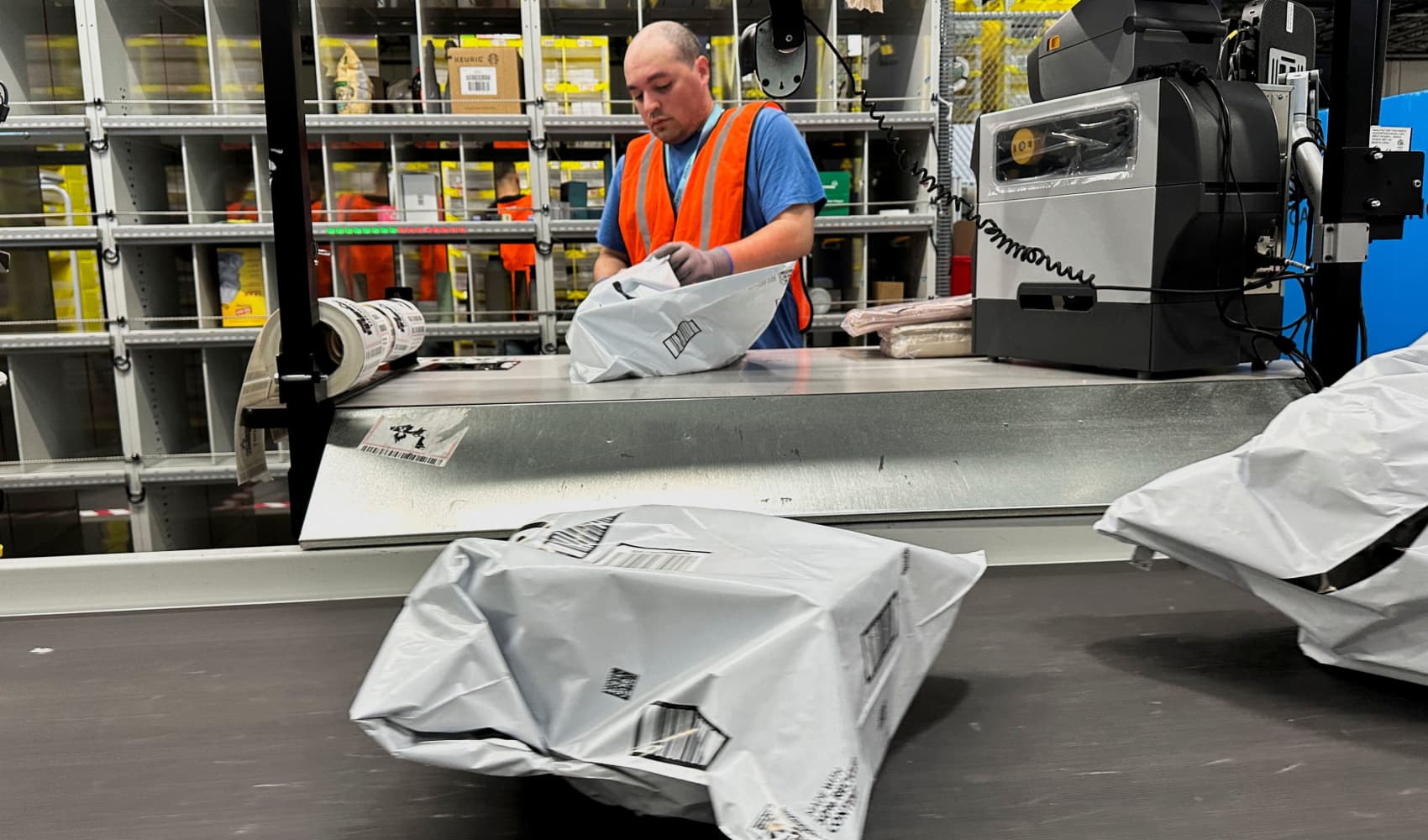Chipotle in Mexico: A Risky Trade War Expansion?
Chipotle Goes South: Expanding to Mexico Amidst Trade Tensions
Introduction: A Bold Move South of the Border
Imagine your favorite fast-casual burrito joint venturing into the heart of Mexican cuisine. Sounds a bit like selling ice to Eskimos, right? But Chipotle Mexican Grill is doing just that, planning to open its first restaurant in Mexico in early 2025. This move comes at a particularly interesting time, as trade relations between the U.S. and Mexico are, shall we say, a little spicy thanks to ongoing trade disputes. So, is this a brilliant strategic move, or a gamble that could leave a bad taste in everyone's mouth? Let’s dive in!
Chipotle's International Ambitions: Beyond the U.S.
For years, Chipotle’s focus has been almost exclusively on the U.S. market. It's built a powerful brand here, but now they're clearly looking to expand their horizons. Why? Well, think of it like a plant outgrowing its pot. To continue growing, Chipotle needs new markets.
The Allure of Global Expansion
Expanding internationally offers several advantages. It diversifies revenue streams, reduces reliance on a single market, and increases brand recognition on a global scale. Chipotle has been experimenting with this for a while, with varying degrees of success.
The Alsea Partnership: A Recipe for Success?
Chipotle isn’t going it alone. They’ve partnered with Alsea, a major player in the Latin American and European restaurant scene. Alsea operates well-known brands like Starbucks, Domino's Pizza, and Burger King in these regions. So, what does this partnership bring to the table?
Alsea's Expertise: A Local Advantage
Alsea brings invaluable local knowledge and operational expertise. They understand the nuances of the Mexican market, consumer preferences, and the regulatory landscape. This partnership drastically reduces the risk for Chipotle, allowing them to leverage Alsea's existing infrastructure and market presence.
Mexico: A Market Ripe for Disruption?
Mexico is a vibrant and growing market with a large population. While traditional Mexican cuisine is deeply ingrained in the culture, there's also a growing demand for international flavors and convenient dining options. Is Chipotle poised to fill a niche? Perhaps a high-end burrito niche?
Competition in the Mexican Fast-Casual Scene
The Mexican fast-casual market is already competitive. Many local chains and international brands are vying for customers' attention. Chipotle will need to differentiate itself through quality ingredients, unique menu offerings, and a strong brand identity.
The Trump Trade War Backdrop: A Calculated Risk?
The timing of Chipotle's expansion into Mexico is certainly noteworthy. It comes amidst ongoing trade tensions between the U.S. and Mexico. So, why now? Is this a bold statement of confidence, or a potentially risky move?
Navigating Trade Tensions: Business as Usual?
Despite the trade war, business between the U.S. and Mexico continues. Both countries are deeply interconnected economically. Chipotle likely believes that its brand and product offering can transcend political tensions.
"Additional Expansion Markets": Latin America on the Menu
Chipotle isn't stopping at Mexico. The company plans to explore "additional expansion markets in the region," hinting at a broader Latin American strategy. What other countries might be on their radar?
Potential Markets: Brazil, Colombia, and Beyond
Brazil and Colombia are two potential candidates for future expansion. Both countries have large populations and growing economies. However, they also present unique challenges in terms of competition, regulations, and consumer preferences.
The Chipotle Experience: Will it Translate?
Chipotle's success in the U.S. is built on its focus on fresh, high-quality ingredients and customizable menu options. But will this translate to the Mexican market? Will Mexicans embrace the Chipotle experience?
Adapting to Local Tastes: A Key to Success
Adapting to local tastes and preferences will be crucial. Chipotle may need to tweak its menu to incorporate more traditional Mexican flavors and ingredients. They might also need to adjust their pricing strategy to compete with local offerings.
Challenges Ahead: A Burrito Mountain to Climb
Expanding into a new market is never easy. Chipotle will face numerous challenges in Mexico, from competition to cultural differences to logistical hurdles. What are some of the biggest obstacles they'll need to overcome?
Supply Chain Management: Ensuring Freshness
Maintaining its commitment to fresh, high-quality ingredients will be a major challenge. Chipotle will need to establish reliable supply chains that can deliver consistent quality while managing costs.
Cultural Sensitivity: Avoiding Missteps
Navigating cultural differences and avoiding cultural missteps will be crucial. Chipotle needs to be respectful of Mexican traditions and customs. A misstep could damage their brand image and alienate potential customers.
Marketing Strategy: Getting the Word Out
How will Chipotle market its brand in Mexico? Will they rely on traditional advertising, social media, or a combination of both? Their marketing strategy will be key to creating awareness and generating excitement.
Leveraging Social Media: Engaging with Mexican Consumers
Social media will likely play a significant role in Chipotle's marketing efforts. Engaging with Mexican consumers online and creating a buzz around the brand will be essential for driving traffic to their restaurants.
The Long-Term Vision: A Global Burrito Empire?
Chipotle's expansion into Mexico is just one step in its long-term vision of becoming a global brand. What does the future hold for Chipotle? Could we see Chipotle restaurants in every corner of the world?
Diversification: Beyond Burritos?
Could Chipotle eventually diversify its menu beyond burritos and tacos? Could they explore other types of Mexican cuisine or even venture into other cuisines altogether? The possibilities are endless.
Conclusion: A Burrito-Sized Risk with Potential Reward
Chipotle's expansion into Mexico is a bold and potentially rewarding move. While challenges abound, the partnership with Alsea, combined with Chipotle's brand recognition and commitment to quality, could pave the way for success. The timing, amidst trade tensions, adds an extra layer of intrigue. Ultimately, only time will tell if Chipotle can conquer the Mexican market and build a truly global burrito empire. But one thing's for sure: it's a story worth watching!
Frequently Asked Questions
- Why is Chipotle expanding into Mexico now? Chipotle is looking to diversify its revenue streams and capitalize on growth opportunities in international markets. The partnership with Alsea provides them with the local expertise and infrastructure needed to succeed in Mexico.
- How will Chipotle adapt its menu for Mexican consumers? Chipotle is likely to incorporate more traditional Mexican flavors and ingredients into its menu to appeal to local tastes. They may also adjust their pricing strategy to compete with local offerings.
- What are the biggest challenges Chipotle faces in Mexico? The biggest challenges include competition from existing fast-casual restaurants, maintaining its commitment to fresh ingredients, and navigating cultural differences to avoid missteps.
- How does the trade war between the U.S. and Mexico impact Chipotle's expansion plans? While the trade war creates some uncertainty, Chipotle likely believes that its brand and product offering can transcend political tensions. They may need to carefully manage their supply chain and pricing to mitigate any potential impact.
- Where else is Chipotle planning to expand in Latin America? Chipotle has indicated that it will explore "additional expansion markets in the region," but has not specified which countries are under consideration. Brazil and Colombia are potential candidates.




